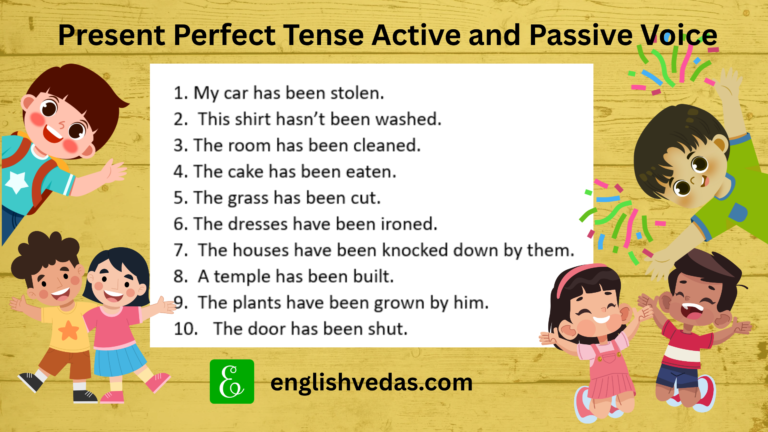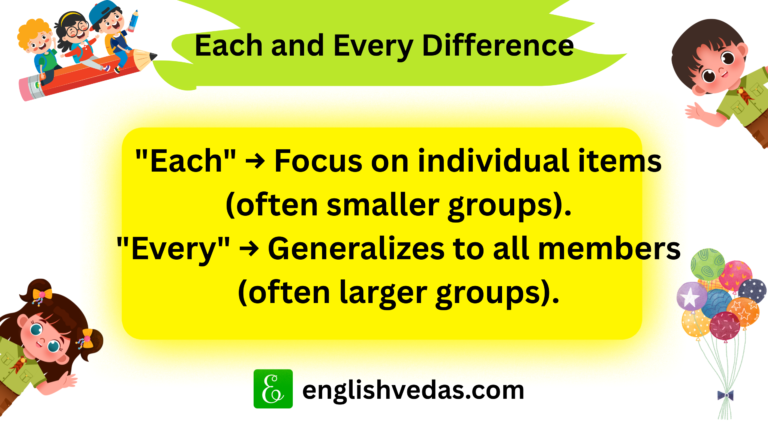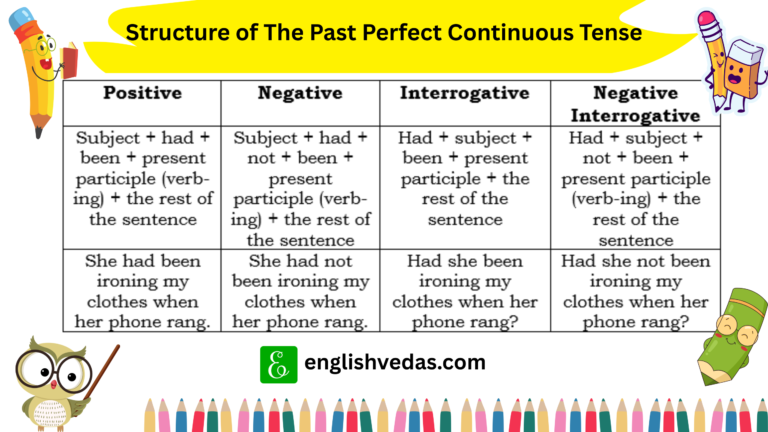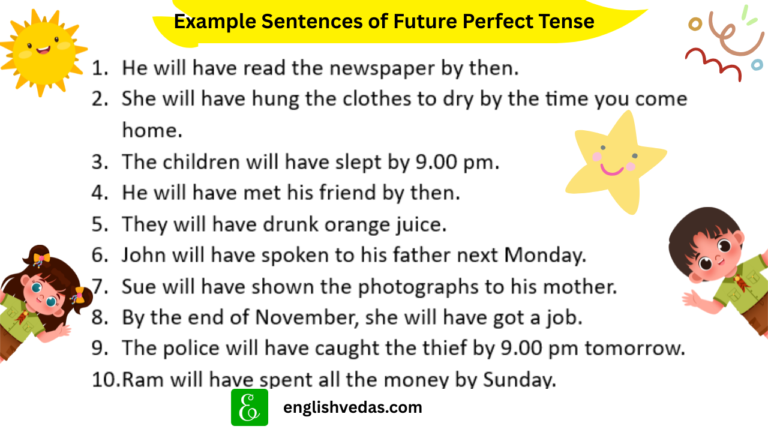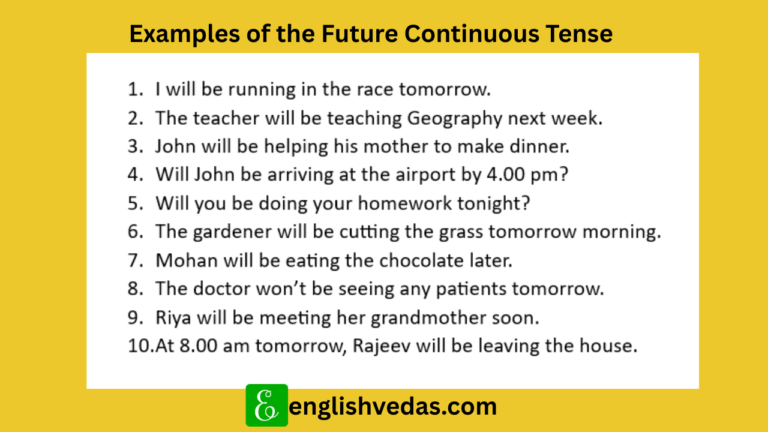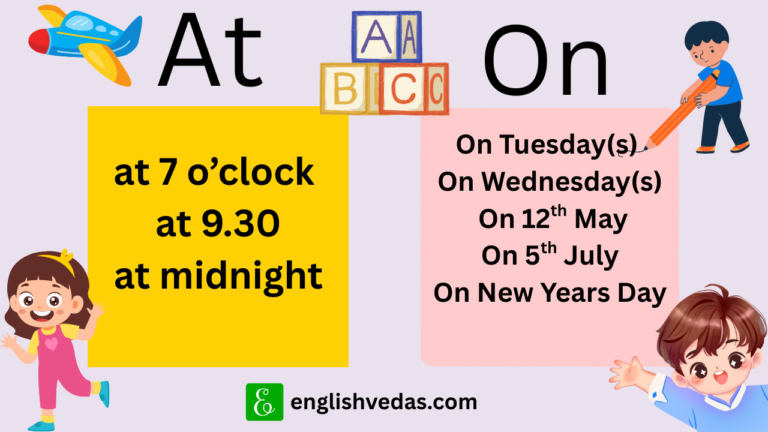‘Must’ refers to advice that comes from a speaker. It indicates personal obligation, whereas ‘have to’ refers to a rule that a person must follow. It is an external...
This article is about the Present Perfect Tense Active and Passive Voice exercise. This includes 50 example sentences in the exercise. 1. What is a Present Perfect Passive Sentence? A present perfect...
In this article you will learn how to use ‘each’ and ‘every’, difference between ‘each’ and ‘every’ with the help of 30 example sentences. Each and...
For a long time, America has been a beacon for international students. Recently, the Trump administration has pushed forward to monitor social media accounts of visa applicants. A vital step that will...
This article will help you understand and explore the Comparative Degrees of Bad, Good, Beautiful, Little, and Pretty with examples. The Comparative Degree, also known as the comparative form, is used...
This article is about the Past Perfect Continuous Tense 100 examples, formula, structure, and exercises with answers. 1. What is the Past Perfect Continuous Tense? The Past Perfect Continuous tense...
This article concerns the Future Perfect Tense 100 examples, sentences, formula, and structure. Along with the formula, the structure of the Future Perfect Tense is explained, which makes it clear...
This article is about the Future Continuous Tense and its 100 examples, which are explained in detail with the structure. What is the Future Continuous Tense? The Future Continuous Tense refers to an...
The at on in difference is clearly explained with the help of examples. This article will teach the difference between at, on, and in. The exercises and the worksheet make learning easy. What is the...


